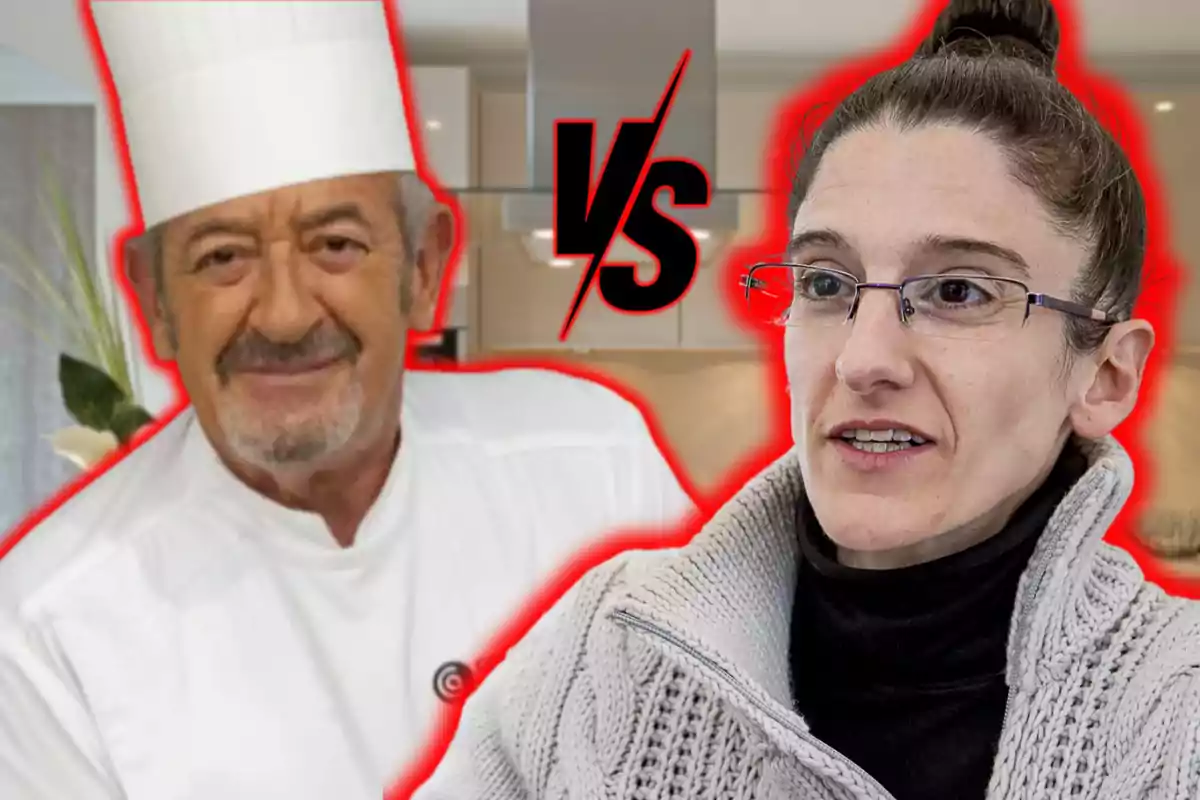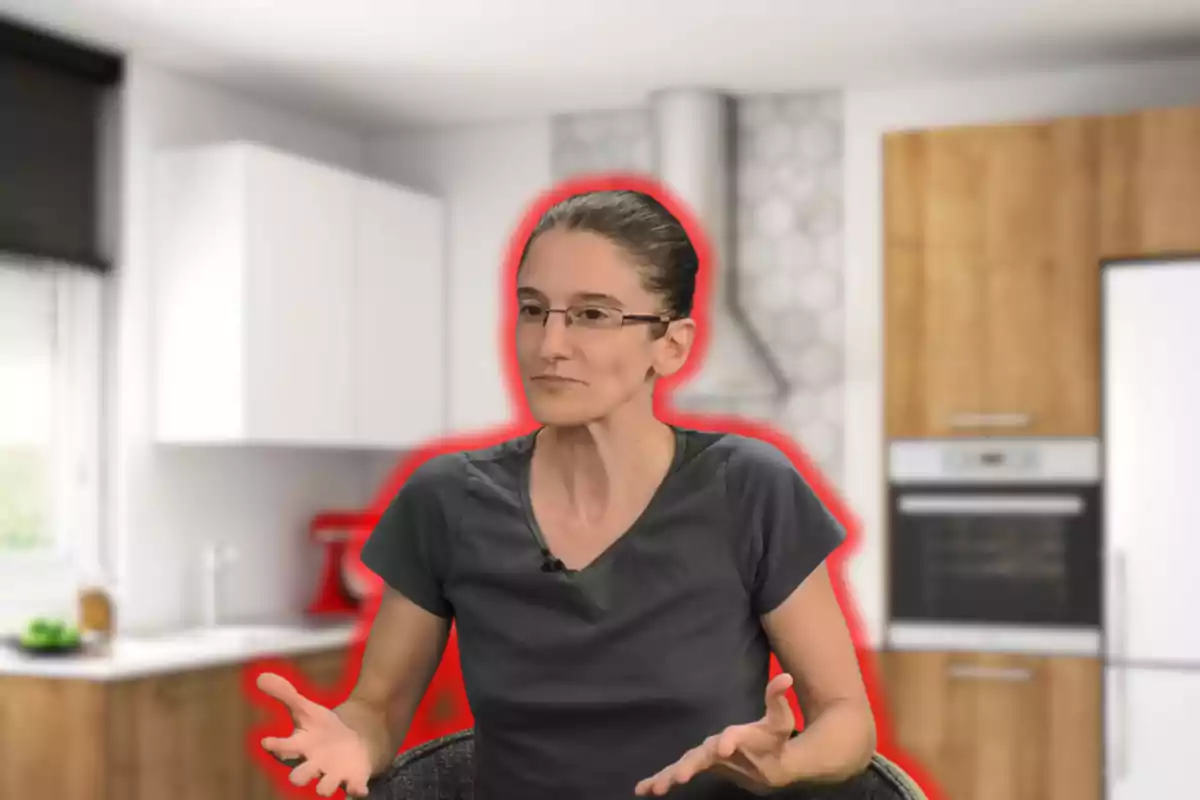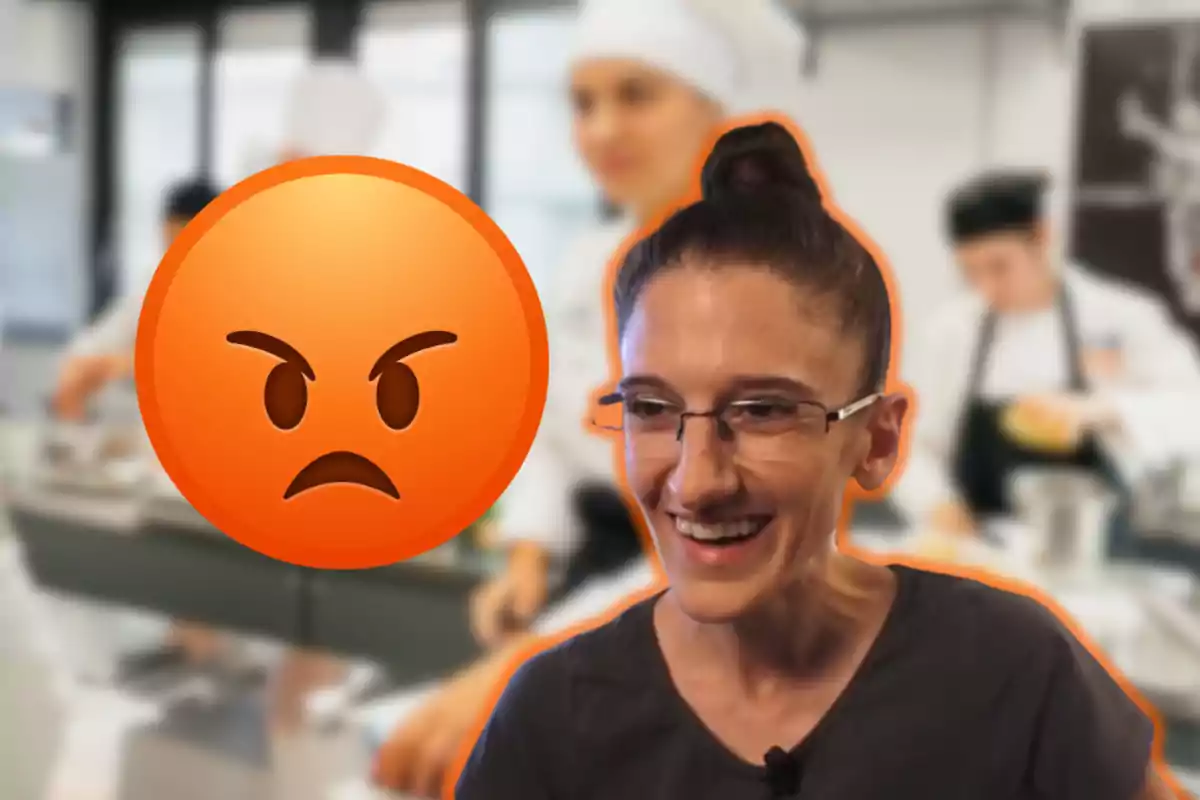A simple napkin was enough to set social media on fire. Maria Nicolau, Catalan chef and a regular figure in debates about gastronomy and culinary ethics, made a strong statement that has sparked all kinds of reactions: "I absolutely refuse to accept that in a €60 ($60) restaurant, I'm given a paper napkin."
The statement, published on her X (formerly Twitter) profile, has been seen by more than 70,000 people and has divided the audience. In the midst of the viral debate era, where everything can be questioned and defended with equal passion, Nicolau has struck a nerve: the balance between price and experience in the restaurant industry.
To what extent can a mid-to-high-priced restaurant neglect details like table linens? Is a napkin a symbol of elegance, hygiene, or simply a personal preference? These questions have bounced between chefs, diners, and Twitter users for days.

paper versus cloth: a matter of hygiene or image?
Some users quickly reacted in favor of the chef. They believe that if one pays more than €50 ($50) or €60 ($60) for a meal, the experience should match the price: impeccable tableware, alert service, and yes, a cloth napkin. Meanwhile, other internet users defended the paper napkin as a "more hygienic" alternative.
One even commented that cloth napkins disgusted him, provocatively comparing them to used but washed underwear. Maria Nicolau was quick to respond: "So, should forks, glasses, plates, cups, and even the toilet also disgust you?"

For her, leaving home already involves a small act of faith, and the properly sanitized cloth napkin is part of the gastronomic ritual just like any other utensil. In fact, she pointed out that in professional hospitality, table linens are washed at over 140 °F (60 °C) with specific products that guarantee absolute disinfection.
a criticism with scientific basis
As a good science communicator, Nicolau didn't just share her opinion without support. She pointed out that there is no scientific evidence that cloth napkins pose a health risk. She cited reports from organizations such as WHO, EFSA (Europe), FDA (US), and AESAN (Spain), which do not record a single case of food poisoning related to the use of cloth napkins in restaurants.
She also argued that the supposed superiority of disposable items is more a cultural construct than a medical truth. The logic of "use and throw away" has gained ground in many sectors, but, according to Nicolau, it responds more to a perception of cleanliness than to an empirical analysis.
the controversy moves to the kitchen
This isn't the first time Nicolau has taken a clear stance on social media. The author of ¡Quemo! is known for her combative character and her defense of honest cooking, without tricks or artifices. Her intervention, in this case, goes beyond a simple complaint: it raises a reflection on what we're willing to accept in gastronomic experiences that are not exactly economical.
Can a restaurant charge €60 ($60) per person and save on napkins? Is it a sign of carelessness, cost-cutting, or contempt for the customer? Or, as some argue, is it simply a more modern and practical aesthetic choice? The debate remains open, and as always, Nicolau hasn't left anyone indifferent.
the gesture that said it all
The most striking detail wasn't her tweet or her exchange of arguments with users, but what happened a few days later. In a restaurant in Barcelona, Nicolau asked for the menu, ordered wine... and when the waiter handed her a paper napkin, she stood up, left it folded on the table, paid for the drink... and left without having dinner.
She posted her final message that night on social media: "It's not about napkins. It's about respect."

